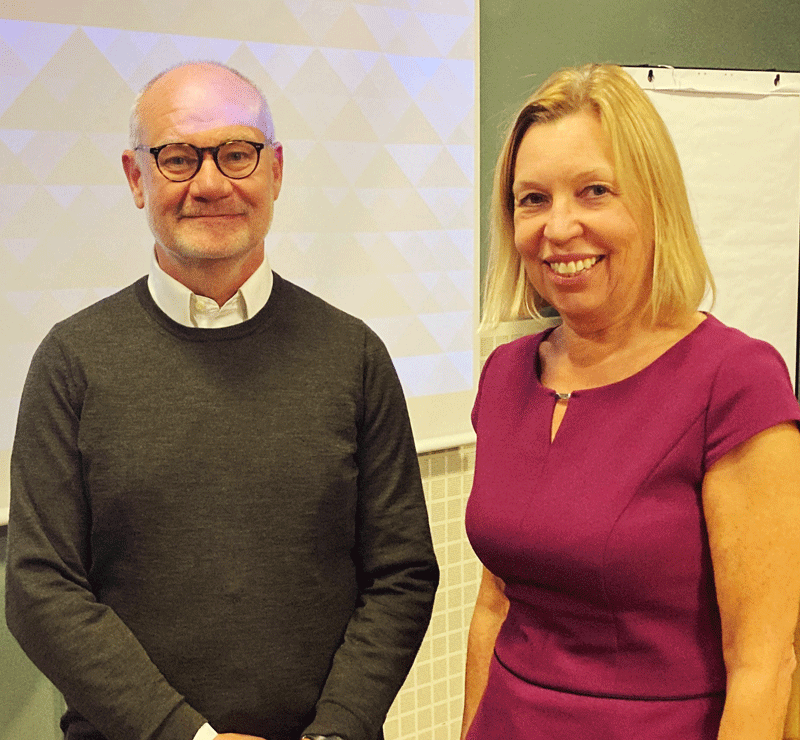What is ongoing in the electronics industry in Sweden today?
Electrical components are a part of basically all industrial contexts and an increasingly important part of products and production systems. Actors are striving to find efficient ways to solve challenges within companies and the society at large through what often is referred to as “smart electronics”. The electronics trade association in Sweden strives to ensure that the importance of electronics across the value chain is recognized. With the general electrification transformation and global challenges to efficiently produce electricity we are in the middle of global megatrends and our aim is to ensure a good development for our members. We collaborate with innovation programs, influence political decisions, and secure the right competences for growth in the electronics industry in Sweden going forward. The recent semiconductor supply issue is a wide known challenge, and we are working actively to reduce the obvious vulnerability this means in the marketplace. We closely follow EU’s activities and strive for more proactiveness here in Sweden on these topics.
What happens when electronics are increasingly integrated?
As electronics becomes embedded, competences from different disciplines must merge. This requires a multi-disciplinary approach incorporating electronics and software which is a challenge for many companies. It is likely that we will see new professions emerge that span more than one discipline. In the past, electronics were components but with electrification it is embedded which requires hardware and software development to go hand in hand. To spread best practice, our trade association has written a handbook that aims to help both manufacturers and those sourcing electronics to achieve a faster more efficient collaboration with fewer iterations.
The Smarter Electronics handbook is available in Swedish and guides both manufacturers and buyers of electronics towards best practices: Link to Handbook (Swedish)

What are good examples of embedded electronics do you see?
When something in the physical world is to be translated into valuable data, software is never enough. Reliable and relevant sensors and electrical components are needed to create that data. A large general trend is of course condition monitoring throughout industries. A more specific example of when electronics are integrated into an existing function is temperature-sensing packaging of vaccines. Integrating the sensors as printed electronics was a cost efficient and reliable way to ensure that a vaccine dose has been kept within the acceptable temperature range when transported to rural locations. Another example is of course Strainlabs solution where mechanics, electronics and software are merged in a new way. The measurement within a mechanical part is transported from electrical signals, turned into data that in a software show what happens inside the bolts. All disciplines need to interact with reality in these types of cases. Developing new hardware-based applications requires quite substantial innovation and development cycles. Software-based solutions can be founded, developed, and sold in a fairly short time frame while companies that develop electrical hardware normally require a development time of some five to ten years. From Swedish electronics association we see that it is important to support and ensure that the Swedish start-up ecosystem understands that we perhaps need to adapt the setup a bit depending on the innovation as companies like Strainlabs can become very important long term.

